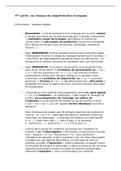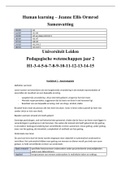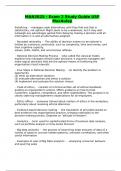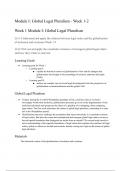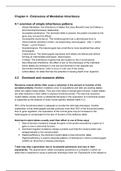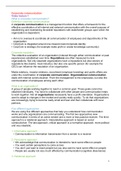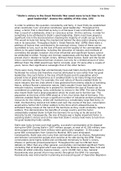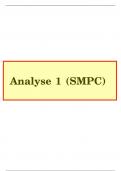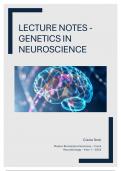randomized controlled trial with low-income couples
Williamson, H. C., Altman, N., Hsueh, J., & Bradbury, T. N. (2016). Effects of relationship education
on couple communication and satisfaction: A randomized controlled trial with low-income
couples. Journal of Consulting and Clinical Psychology, 84(2), 156-166.
doi:http://dx.doi.org/10.1037/ccp0000056
Introduction (Pages 156 – 158)
Present study will test:
- If observed communication behaviour can mediate the effects of 30 months of
relationship education among low-income couples.
- If these effects vary for low demographic risk couples compared to those with
high demographic risk.
Compared to Higher-income couples, low-income couples experience:
- Lower levels of relationship satisfaction (Karney, Garvan, & Thomas, 2003)
- Higher divorce rates (Bramlett & Mosher, 2002)
- Fewer positive interactions (Fein, 2004)
- More problems with issues such as infidelity and drug use (Trail & Karney,
2012)
Supporting Healthy Marriage (SHM) Project:
- Largest experimental study of married couples
- Assessments were conducted 12 and 30 months after randomisation
- Couples assigned to the intervention condition reported higher levels of
relationship satisfaction, compared to couples in the control condition (d
= .13; Hsueh et al., 2012; Lundquist et al., 2014).
Method (Pages 158 -161)
Participants
1,034/6,298 couples recruited from SHM project.
83% of couples were married when they enrolled in the program, for an average
of 8.4 years.
Each couple had on average 2 children. All couples either had children or were
expecting.
Mean age for men = 34.3 years
Mean age for women = 31.8 years
Procedure
Recruitment and Screening
- SHM study consisted of eight sites in seven different states, with each site
recruiting roughly 800 couples.
- Couples were eligible if both spouses:
i. Agreed to participate
ii. Were 18 years old and above
iii. Had a combined income of $50 000 ($60 000 in some sites)
iv. Understood language used at SHM site
v. Gave no indication of relationship violence
- Couples were randomly allocated to either the treatment or control condition.
Treatment condition
- Program consisted of three parts:
1. Curriculum-based relationship and marriage education skills workshops
2. Supplemental activities
3. Family support services
- Sites chose themes to base treatment on, such as conflict management,
commitment and parenting.


